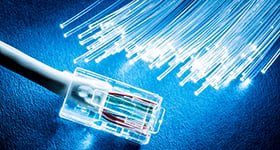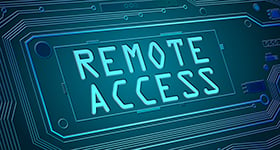The European Telecommunications Standards Institute (ETSI), which produces standards for Information and Communications Technologies (ICT) and fixed, mobile, radio, converged, broadcast, and Internet technologies, has announced the publication of the first technical specification on Digital Enhanced Cordless Telecommunications Ultralow Energy (DECT ULE). This technology will provide a low power consumption radio technology, which will position DECT ULE as a quality solution for the rapidly growing machine-to-machine (M2M) market.
The DECT ULE is based on the DECT standard, which was developed by ETSI for digital cordless telecommunications. This technology was used for cordless voice and broadband home communications. The new DECT ULE will provide ultralow power consumption, wider coverage than competing technologies, and superior quality of service. In addition, the ULE will be applied in M2M communications deployment in safety and security; assisted living and telecare as well as energy and utilities.
The new specifications will be part of a multipart process consisting of an initial phase focused on the Home Automation Network (HAN), and moving to a secondary phase that will be applied towards industrial automation. By focusing on home automation during the initial phase, the technology will be able to take advantage of the DECT devices that are already available in hundreds of millions of homes. The new ULE devices will be using existing DECT spectrum as well as combining ULE and DECT/DECT New Generation functionalities. New base stations will be able to support legacy technology as well as provide new services and applications to the customer.
When service providers adopt this technology for the home, they will be able to install sensors, alarms, monitoring devices, and home automation systems with standby times of up to 10 years with the ULE technology.
The technology will give M2M devices instantaneous dynamic channel selection, less interference than other communication technology, and high quality transmission over a long-range. Current devices have many drawbacks including excessive power consumption, short range, lack of standardization, and spectrum access limitations.
"The low power consumption of ULE technology extends battery life (typically up to ten years) and, with New Generation DECT, connectivity to the Internet is already available, which makes DECT ULE ideal for sensors, alarms, M2M applications and industrial automation. The technology may also be applied to utility meters and related devices, which has implications for the operation of smart grids too. All these innovative new applications will benefit enormously from the properties inherent in DECT ULE. As a result, we expect DECT ULE to make a significant impact on the M2M market," said Guenter Kleindl, chairman of ETSI’s DECT Technical Committee (TC DECT) which is developing the DECT ULE standards.
ETSI is recognized by the European Union as a European Standards Organization. It has more than 750 member companies and organizations from 62 countries around the world in five continents. The organization works to create standards in the newest technologies in order to make them more efficient and applicable to a wider market.
In addition, the new DECT ULE standard will be suggested as an integration with the ETSI M2M standard, which is designed to ensure this promising technology is implemented with the best practices across every industry. The M2M standard has three specifications: Requirements in ETSI TS 102 689; Functional architecture in ETSI TS 102 690; and Interface descriptions in ETSI TS 102 921.
Edited by
Stefania Viscusi





